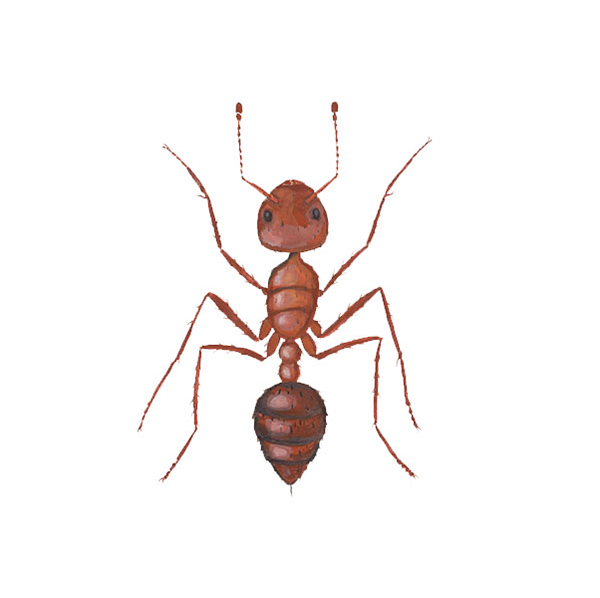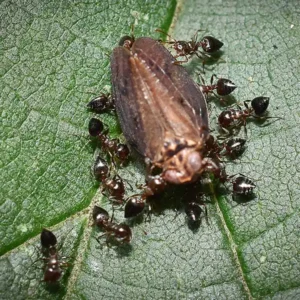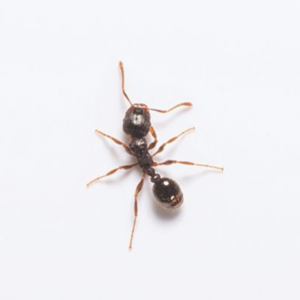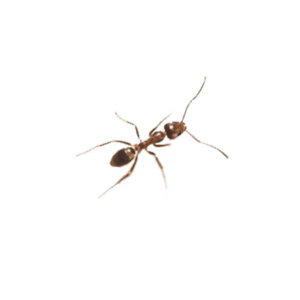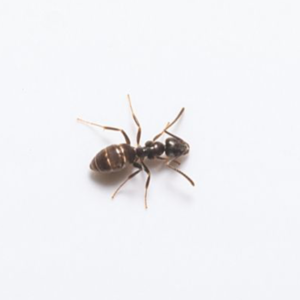Fire Ants in Memphis TN Metro Area
Fire ants earned their name due to their highly painful sting and bite. A single fire ant can sting and bite its victim multiple times. These ants construct mounds, and when their mound is disturbed, the worker ants emerge to attack the intruder. Fire ant attacks are well-coordinated, with hundreds of workers stinging simultaneously. Fire ants have a diverse diet and consume various plant and animal matter, including other insects. Moreover, they are attracted to electricity and have been known to cause damage to AC units, water well equipment, outdoor lighting, thus creating a fire risk.
Fire Ant Habitat
Fire ants are attracted to moisture and tend to establish nests near rivers, well-watered lawns, and potted plants. These ants construct mounds that serve to regulate temperature and moisture levels within their colonies. The mounds also function as nurseries above ground, offering optimal conditions in terms of temperature and moisture. Undisturbed fire ant mounds are commonly found in sunny open areas like pastures, parks, lawns, and fields. Fire ants are omnivorous, consuming both plant and animal resources. In their search for food, aggressive fire ants can enter homes through cracks, crevices, and gaps under doors, windows, or walls.
Fire Ant Behaviors, Threats, or Dangers
The painful sting of a fire ant poses a significant threat to both humans and pets. Unlike most venomous ants that bite and spray acid into the wound, fire ants bite first and then utilize their stinger located on their abdomen. While the burning sensation typically subsides within a few minutes for most individuals, hive-like bumps appear at the sting site within 30 minutes, followed by the development of pimples containing yellow fluid within 24 hours. Large fire ant colonies can cause damage to plants, lawns, and outdoor electrical fixtures. Considering the serious risk they pose to people and pets, it is advisable to refrain from disturbing fire ant mounds and instead seek professional assistance by contacting a professional ant exterminator.

